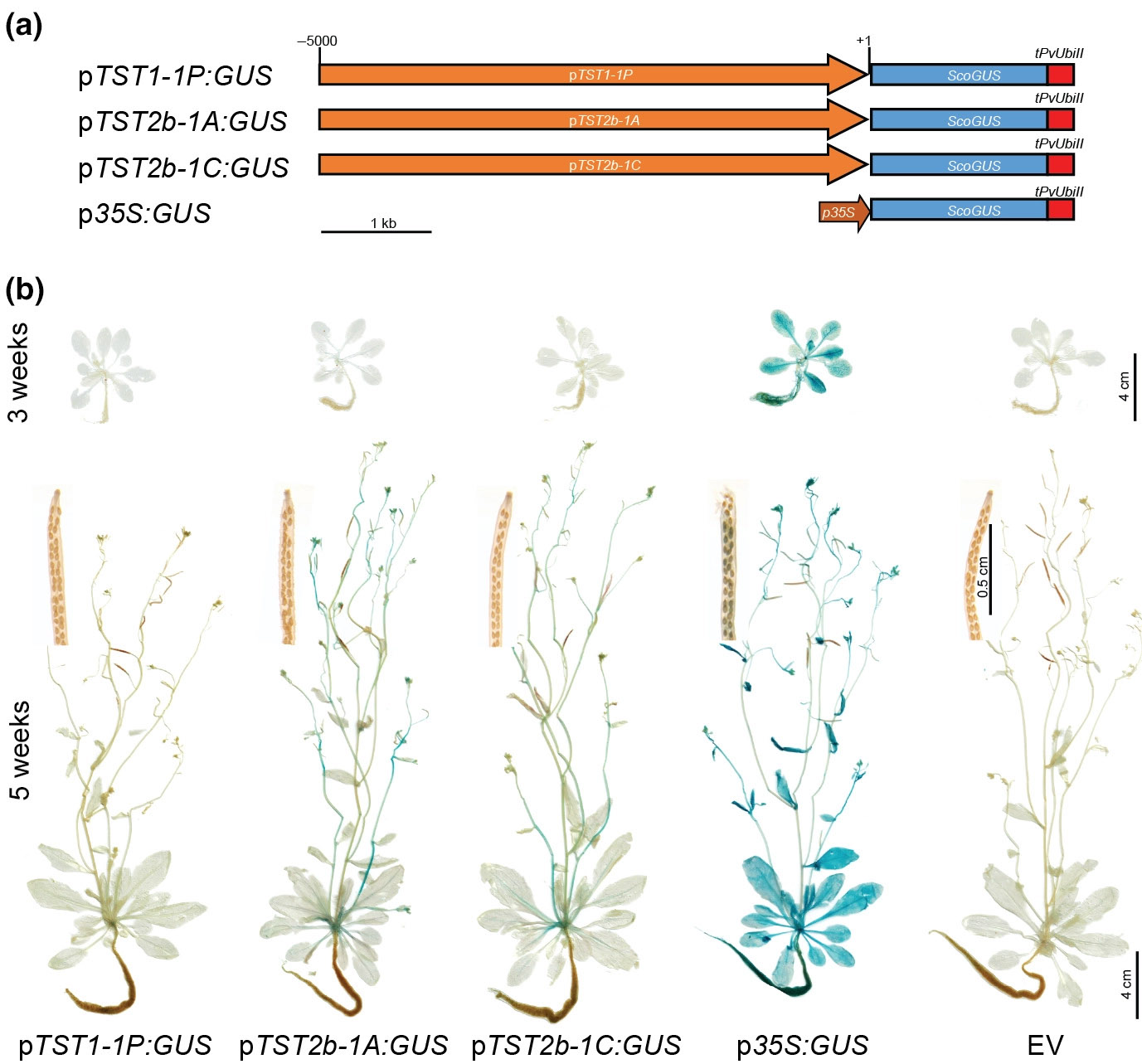Stem-specific promoters found for biofuel improvement targeting to stems of plants
A team from the University of Illinois has discovered two plant stem-specific expression of genes, the promoters of which could potentially serve as a tool for increasing oil production in energycane, a type of sugarcane with the capability of producing more biomass in harsh conditions, leading to higher oil production for fuels.

All plants have different tissues, such as leaf, root, and stem, but for some plants like sugarcane, energycane, and sorghum, the majority of their biomass, and sugar production, is in their stem. Biomass is a term for the organic matter of a plant, which can be converted into oils and then biofuels. Researchers have seen success in increasing the accumulation of oils in the leaves, but there hasn’t been the same attention given to the stem. Li-Qing Chen (CABBI/GEGC) and her research group are hoping to change that.
“We’re looking at how we can make full use of the biomass stores in the stem for oil production. However, this requires identification of stem-specific promoters, which can be used to drive the transgenes for enhanced oil production in the stem,” said Chen, who led this work for a research project called Renewable Oil Generated with Ultra-productive Energycane (ROGUE). “We have identified two promoters from two genes that have a high level of expression in the maturing stem.”
ROGUE, led by the University of Illinois Urbana-Champaign, is engineering two of the most productive American crops—energycane and Miscanthus—to create an abundant and sustainable supply of oil that can be used to produce biodiesel, biojet fuel, and bioproducts. ROGUE is supported by the Office of Biological and Environmental Research and the U.S. Department of Energy.
The promoters found by Chen and her team are unique in that they have the potential to drive high and specific expression of transgenes associated with oil production in the storage cells of the stem. These “promoters” are an important finding for ROGUE research.
Chen’s work was recently published in Global Change Biology Bioenergy, a journal promoting the understanding of the interface between biological sciences and the production of fuels and bioproducts directly from plants like energycane.
“Considerable success has been achieved in bioengineering accumulation of oil in leaves. However, for highly productive plants, such as energycane, the bulk of the biomass is in the stem,” said GCB Bioenergy Editor-in-Chief, Stephen Long (BSD/CABBI/GEGC), the Ikenberry Endowed University Chair of Crop Sciences and Plant Biology. “The discovery of promoters that express strongly in the mature stem is a key step toward achieving hyper-accumulation of oil in the stem and an important step toward creating a viable source of renewable biodiesel and biojet fuels at scale.”
This research is a key example of the type of research ROGUE supports.
“The major goal for ROGUE is to improve the biofuel production in the energycane so now that we have these two promoters, we can use either one of them or both to drive the lipid synthesis genes combined with other strategies for improving oil production,” said Chen, assistant professor of plant biology at the University of Illinois. “We are also working on lipid synthesis and conversion together with other groups in ROGUE so we can particularly engineer lipid production in the stem using our identified promoters to achieve the overall goal of ROGUE.”
The promoters identified by the group can serve as a tool for groups within ROGUE and externally. They will be made available to members of the biofuel engineering community and other researchers interested in stem-specific gene expression.
***
Renewable Oil Generated with Ultra-productive Energycane (ROGUE) is led by the University of Illinois in partnership with Brookhaven National Laboratory, Mississippi State University, and the University of Florida with support from the Office of Biological and Environmental Research in the Office of Science in the U.S. Department of Energy.
